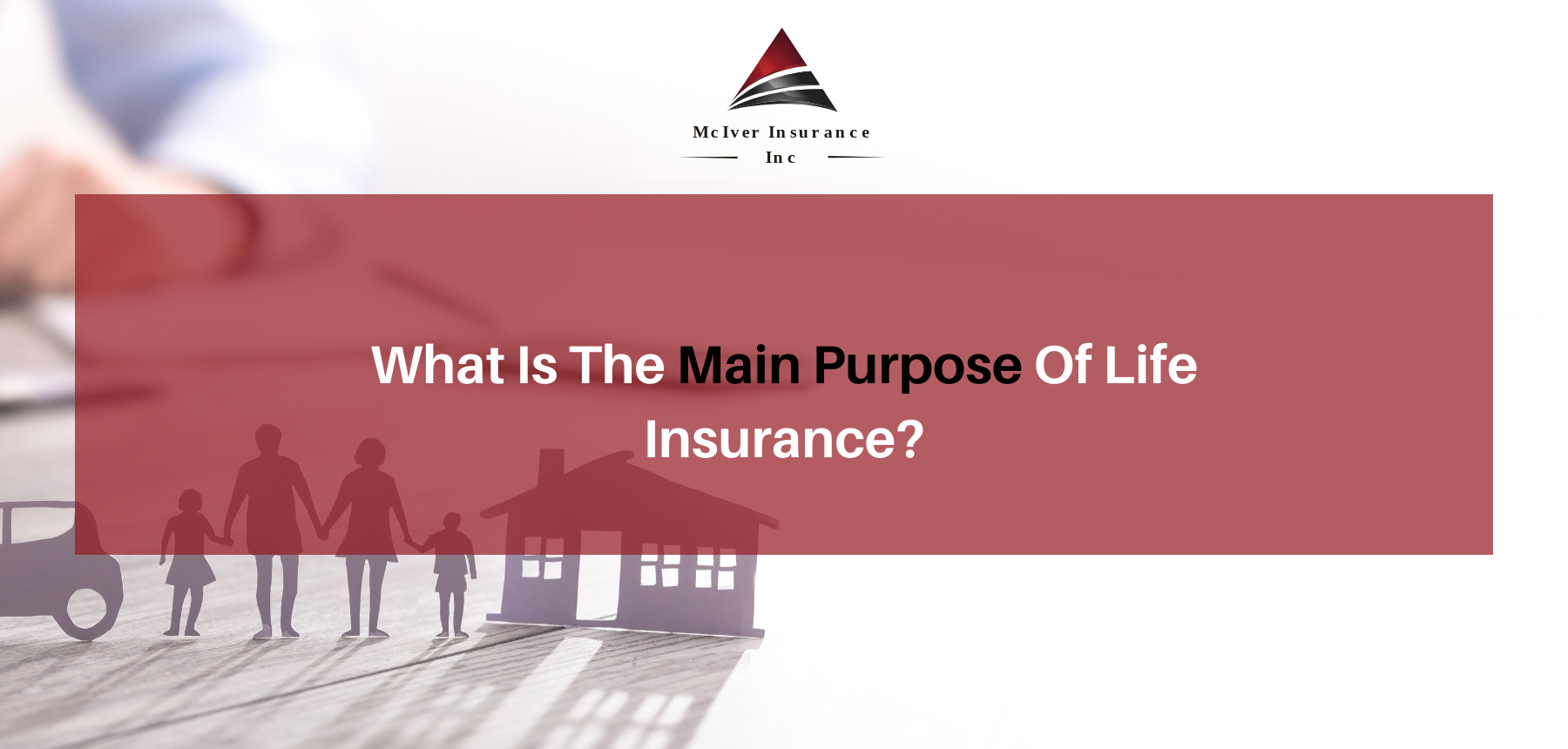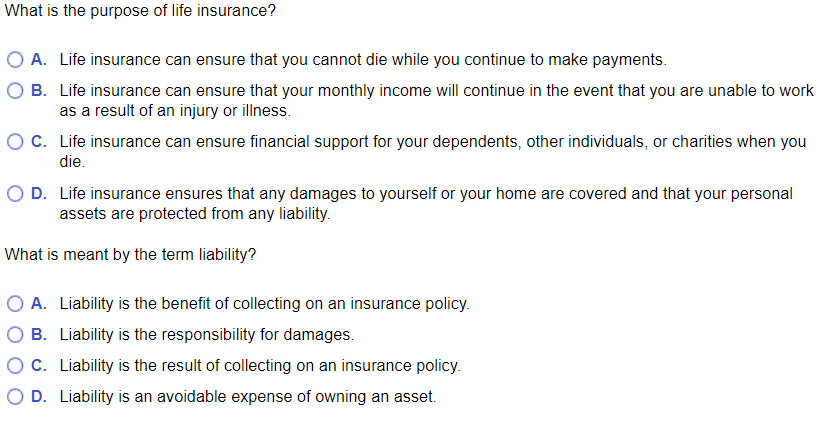Some Known Factual Statements About Pacific Prime
Some Known Factual Statements About Pacific Prime
Blog Article
The Basic Principles Of Pacific Prime
Table of ContentsThe 45-Second Trick For Pacific PrimePacific Prime for DummiesGet This Report about Pacific PrimeA Biased View of Pacific PrimeTop Guidelines Of Pacific Prime

This is due to the fact that the information were gathered for a duration of strong economic efficiency. Of the estimated 42 million individuals that were without insurance, almost about 420,000 (regarding 1 percent) were under 65 years of age, the age at which most Americans become qualified for Medicare; 32 million were grownups between ages 18 and 65, about 19 percent of all adults in this age; and 10 million were kids under 18 years of age, concerning 13.9 percent of all children (Mills, 2000).
These price quotes of the number of individuals uninsured are produced from the annual March Supplement to the Present Population Survey (CPS), conducted by the Census Bureau. Unless otherwise kept in mind, national quotes of people without medical insurance and percentages of the populace with different kinds of insurance coverage are based upon the CPS, one of the most widely utilized source of estimates of insurance protection and uninsurance prices.
6 Simple Techniques For Pacific Prime

Still, the CPS is specifically helpful due to the fact that it generates yearly quotes relatively rapidly, reporting the previous year's insurance protection estimates each September, and because it is the basis for a constant set of price quotes for even more than twenty years, enabling analysis of fads in coverage over time. For these factors, as well as the comprehensive use of the CPS in other research studies of insurance protection that are provided in this report, we depend on CPS quotes, with constraints noted.

The price quote of the number of without insurance individuals broadens when a populace's insurance status is tracked for several years. Over a three-year duration beginning early in 1993, 72 million people, 29 percent of the united state populace, were without insurance coverage for at least one month. Within a single year (1994 ), 53 million individuals experienced a minimum of a month without coverage (Bennefield, 1998a)
Six out of every 10 uninsured grownups are themselves utilized. Functioning does enhance the likelihood that one and one's household participants will certainly have insurance policy, it is not an assurance. Even members of family members with two full time wage earners have practically a description one-in-ten opportunity of being uninsured (9.1 percent without insurance rate) (Hoffman and Pohl, 2000).
The Single Strategy To Use For Pacific Prime
New immigrants make up a considerable proportion of individuals without medical insurance. One evaluation has connected a substantial part of the recent growth in the size of the united state uninsured population to immigrants that arrived in the country in between 1994 and 1998 (Camarota and Edwards, 2000). Current immigrants (those who involved the United States within the previous 4 years) do have a high rate of being uninsured (46 percent), but they and their children account for simply 6 percent of those without insurance coverage across the country (Holahan et al., 2001).
The connection in between medical insurance and accessibility to care is well developed, as recorded later in this phase. The connection in between wellness insurance and health and wellness outcomes is neither straight nor simple, a considerable clinical and health and wellness solutions study literature links health and wellness insurance policy coverage to improved access to care, much better high quality, and improved individual and population health status.
Degrees of evaluation for taking a look at the results of uninsurance. This discussion of medical insurance protection concentrates mainly on the U.S. population under age 65 due to the fact that basically all Americans 65 and older have Medicare or other public coverage. It concentrates particularly on those without any kind of health and wellness insurance for any size of time.
Excitement About Pacific Prime
The problems faced by the underinsured are in some respects similar to those faced by the uninsured, although they are typically less severe. expat insurance. Uninsurance and underinsurance, nevertheless, include clearly various plan issues, and the techniques for resolving them might vary. Throughout this research study and the five records to adhere to, the main emphasis is on persons without health insurance policy and thus no assistance in paying for healthcare beyond what is readily available with charity and safeguard organizations
Medical insurance is an effective aspect impacting invoice of care due to the fact that both people and physicians reply to the out-of-pocket rate of solutions - http://dugoutmugs01.unblog.fr/2024/04/02/pacific-prime-your-partner-for-comprehensive-insurance-solutions/. Health and wellness insurance coverage, nonetheless, is neither required nor enough to access to clinical services. The independent and direct effect of health insurance policy coverage on access to health and wellness services is well established.
Others will certainly get the healthcare they need also without wellness insurance policy, by paying for it out of pocket or seeking it from companies who provide treatment free or at highly subsidized rates. For still others, health and wellness insurance coverage alone does not make certain invoice of care as a result of various other nonfinancial barriers, such as an absence of wellness care service providers in their area, limited accessibility to transportation, illiteracy, or linguistic and social distinctions.
Getting My Pacific Prime To Work
Official research study about uninsured populaces in the USA dates to the late 1920s and early 1930s when the Board on the Expense of Healthcare created a series of reports regarding funding doctor office gos to and hospitalizations. This concern became significant as the numbers of medically indigent climbed up throughout the Great Depression.
Report this page